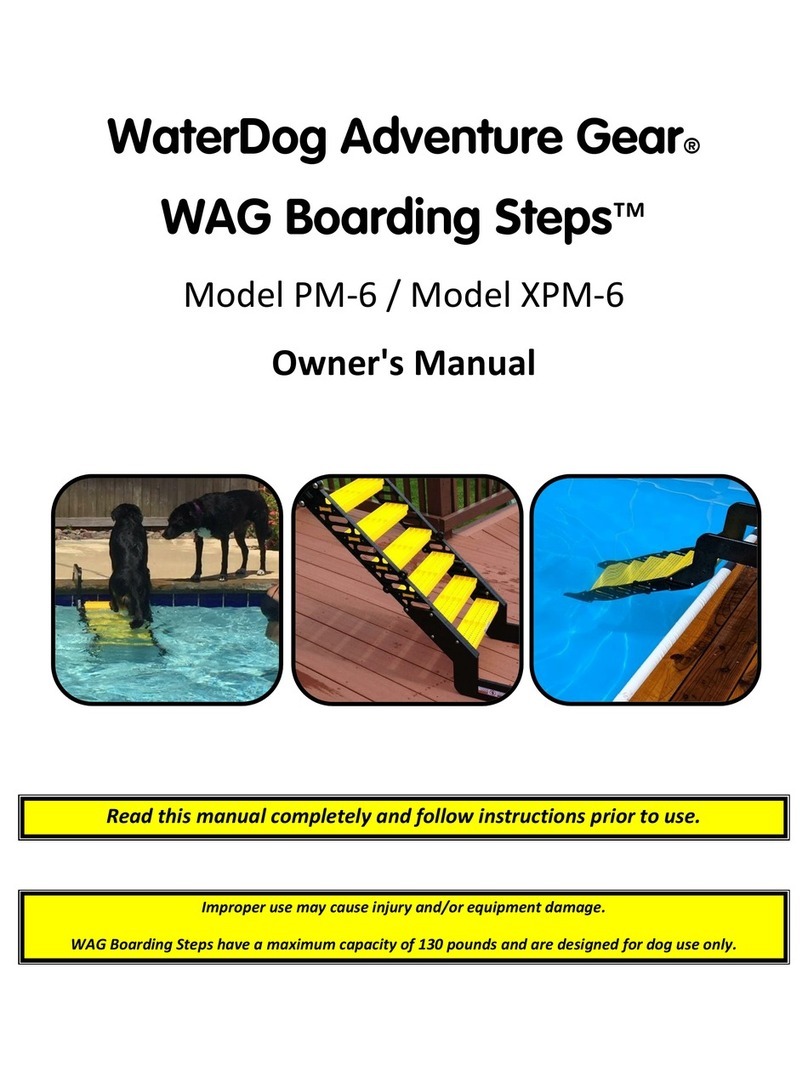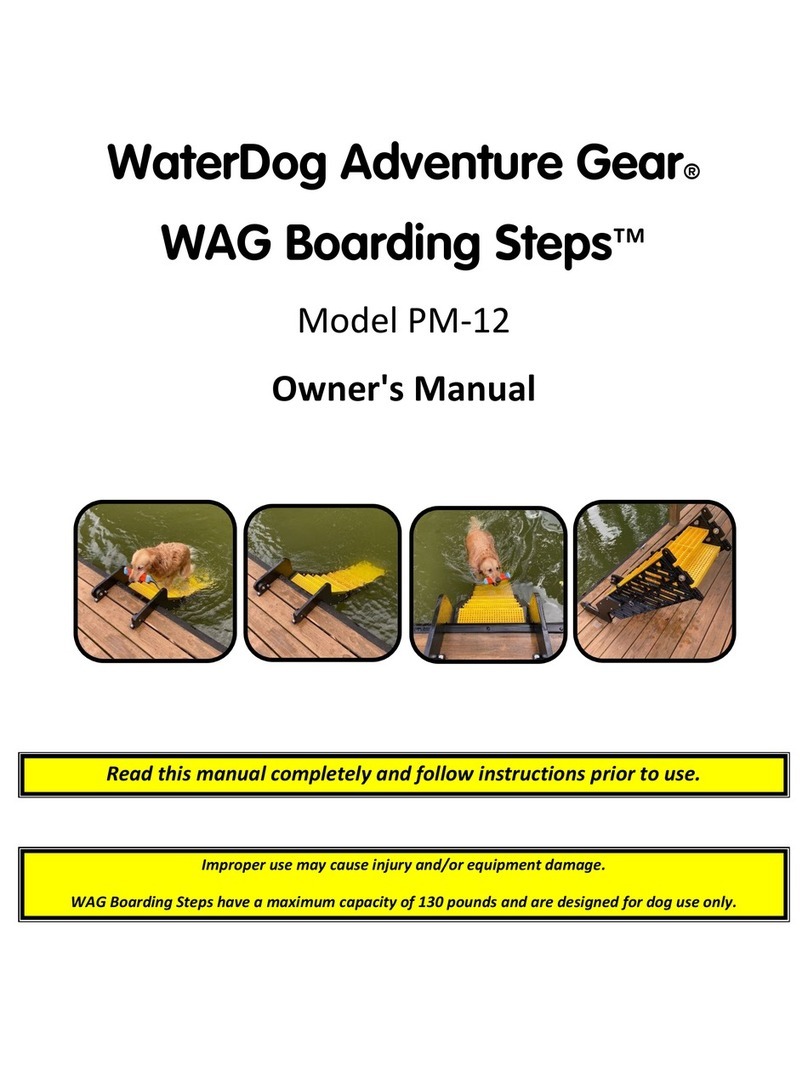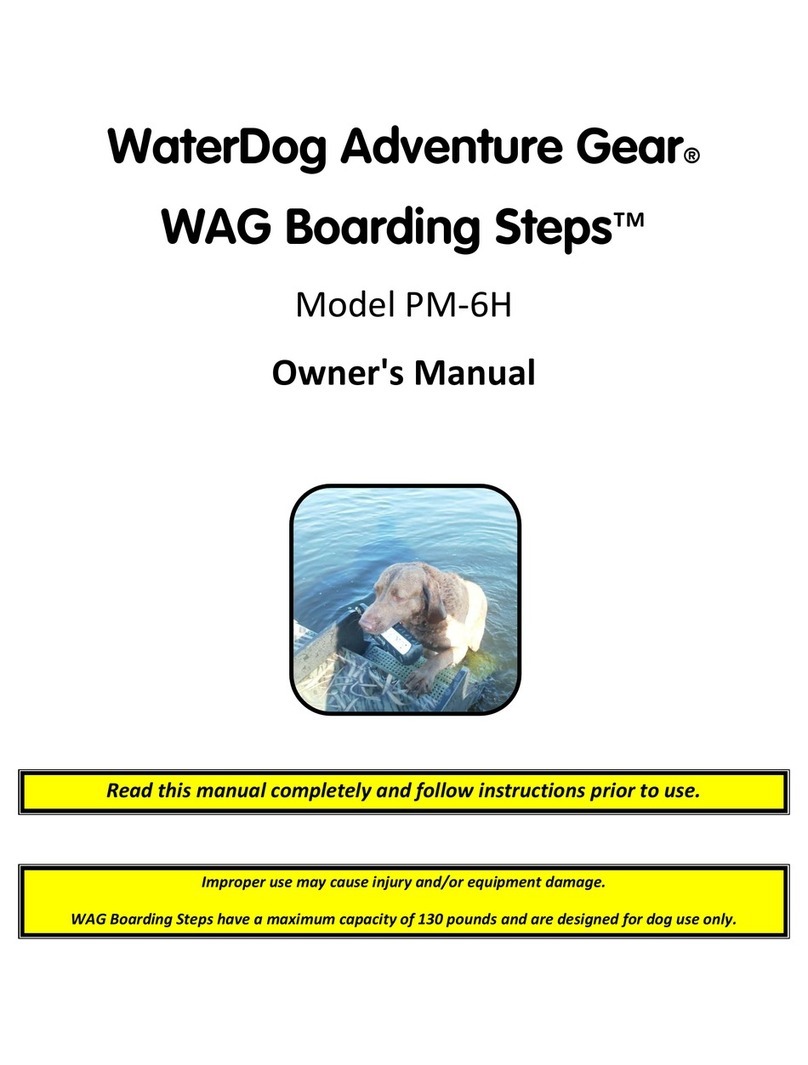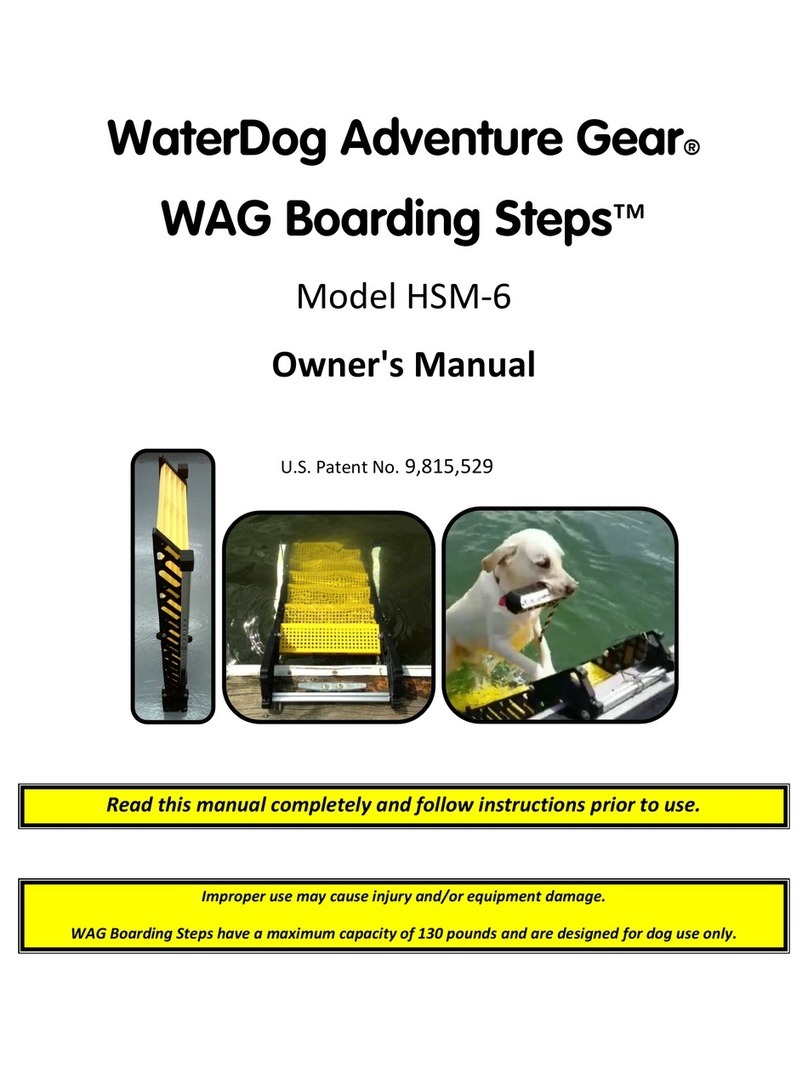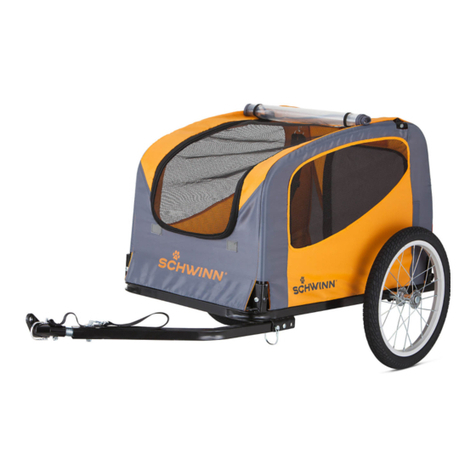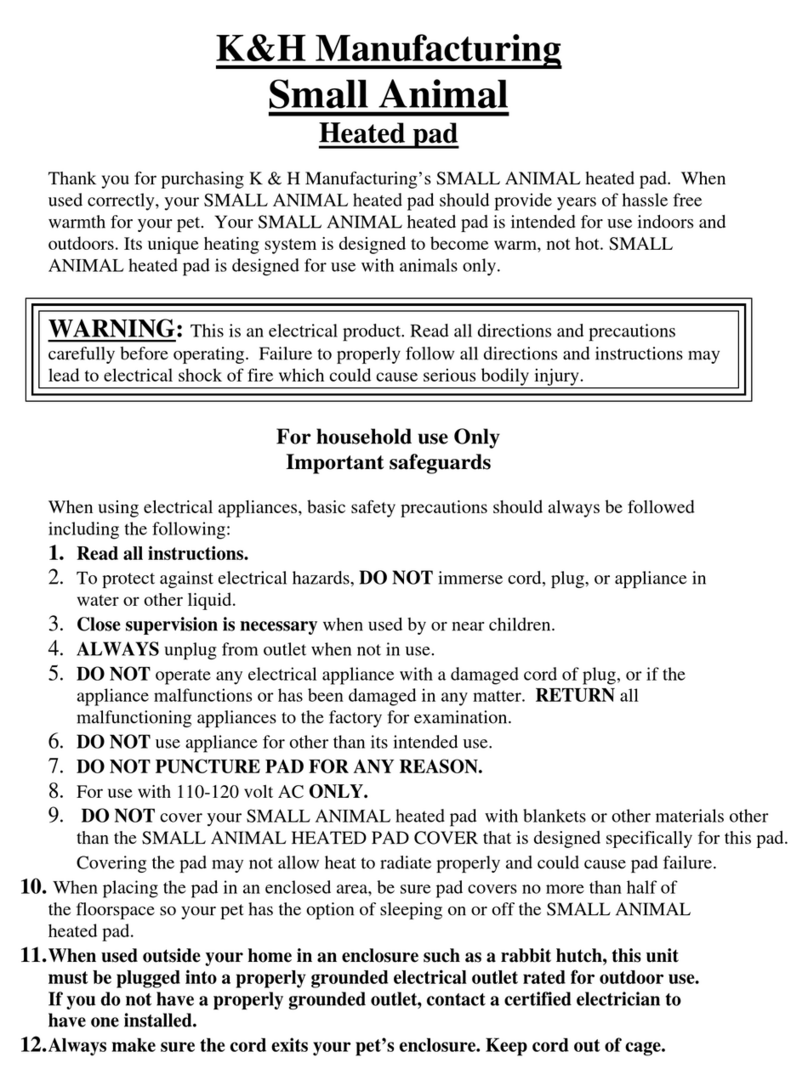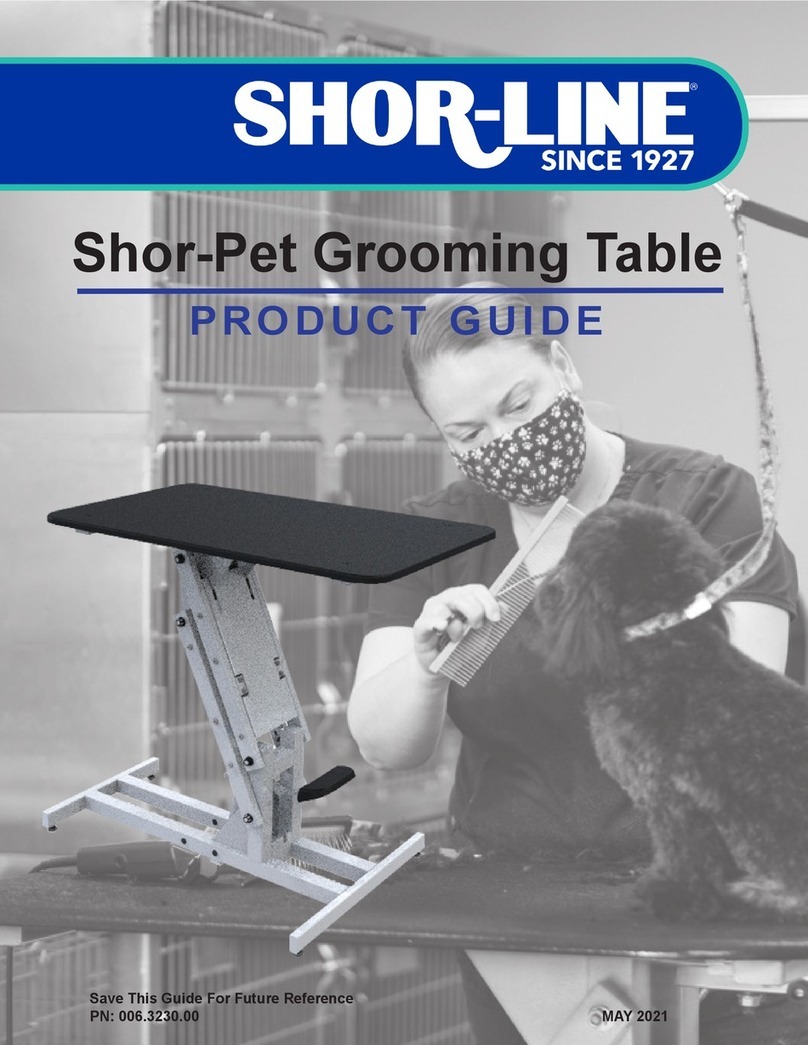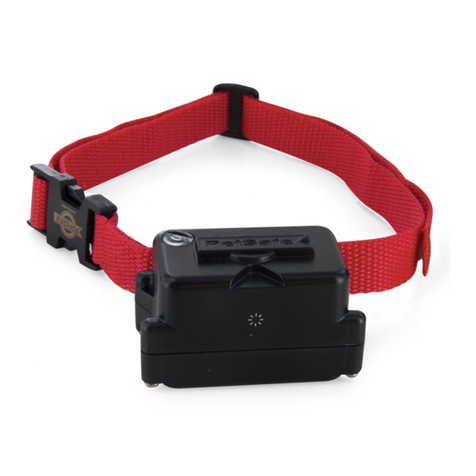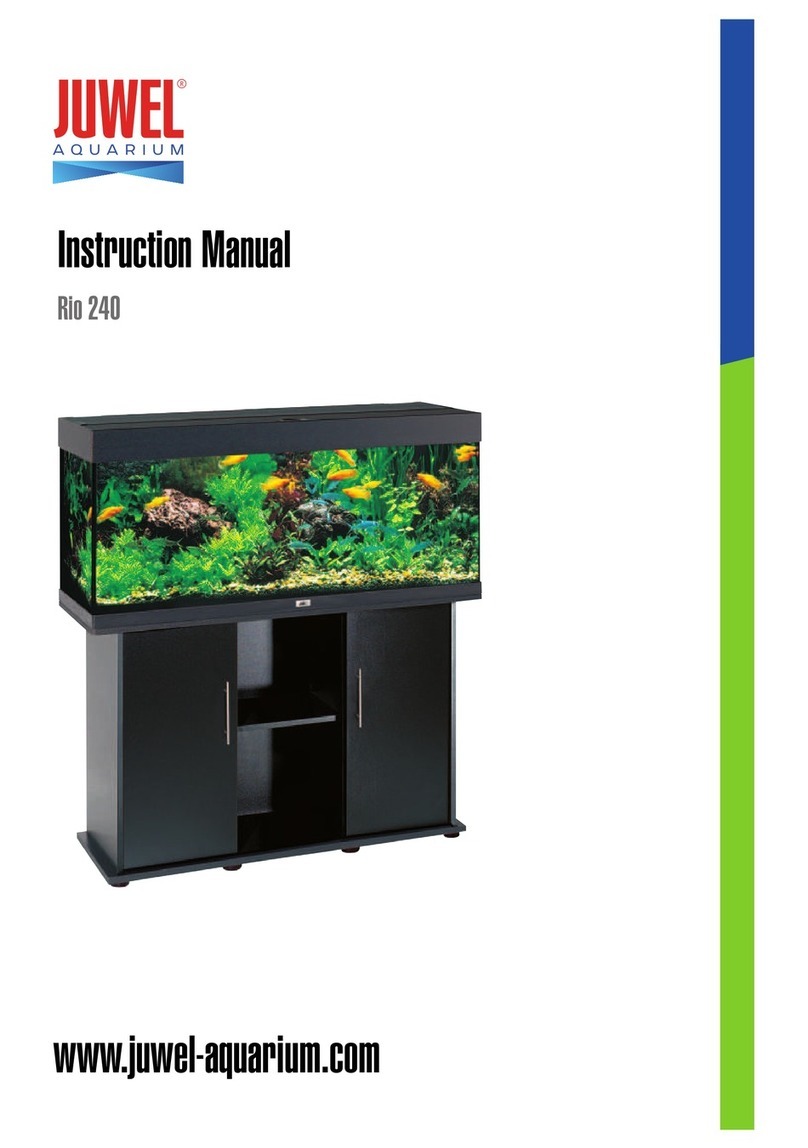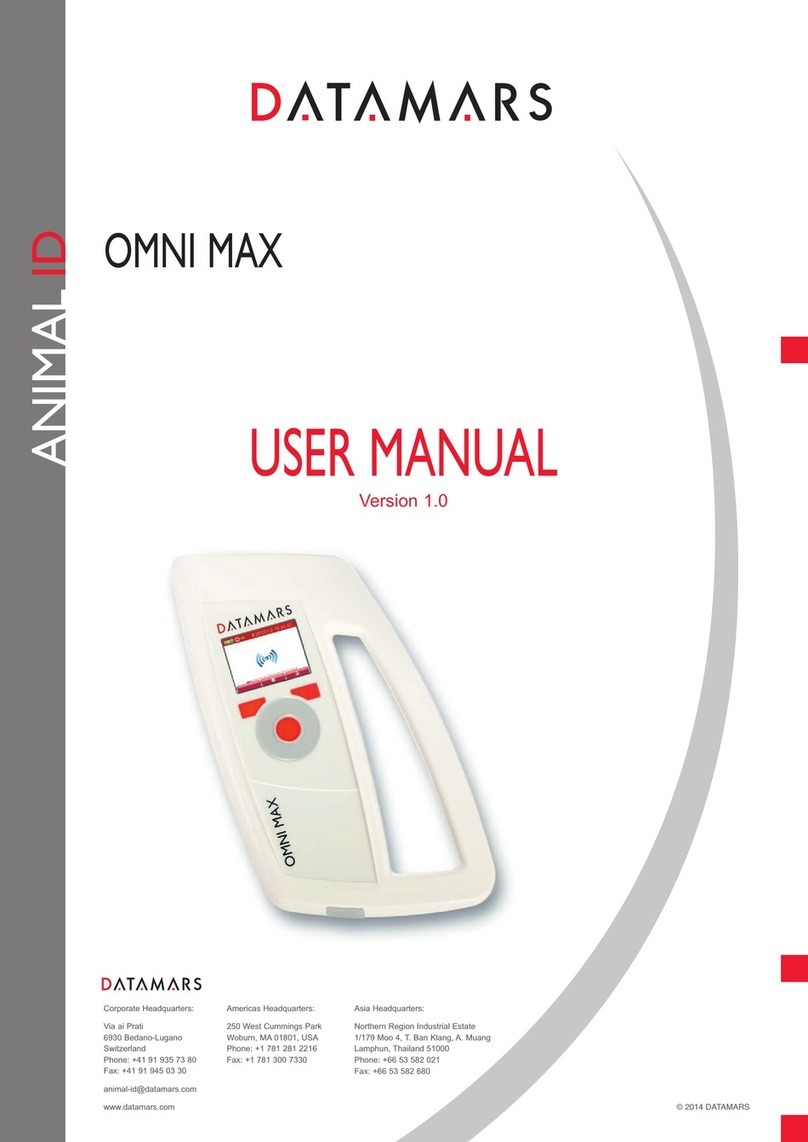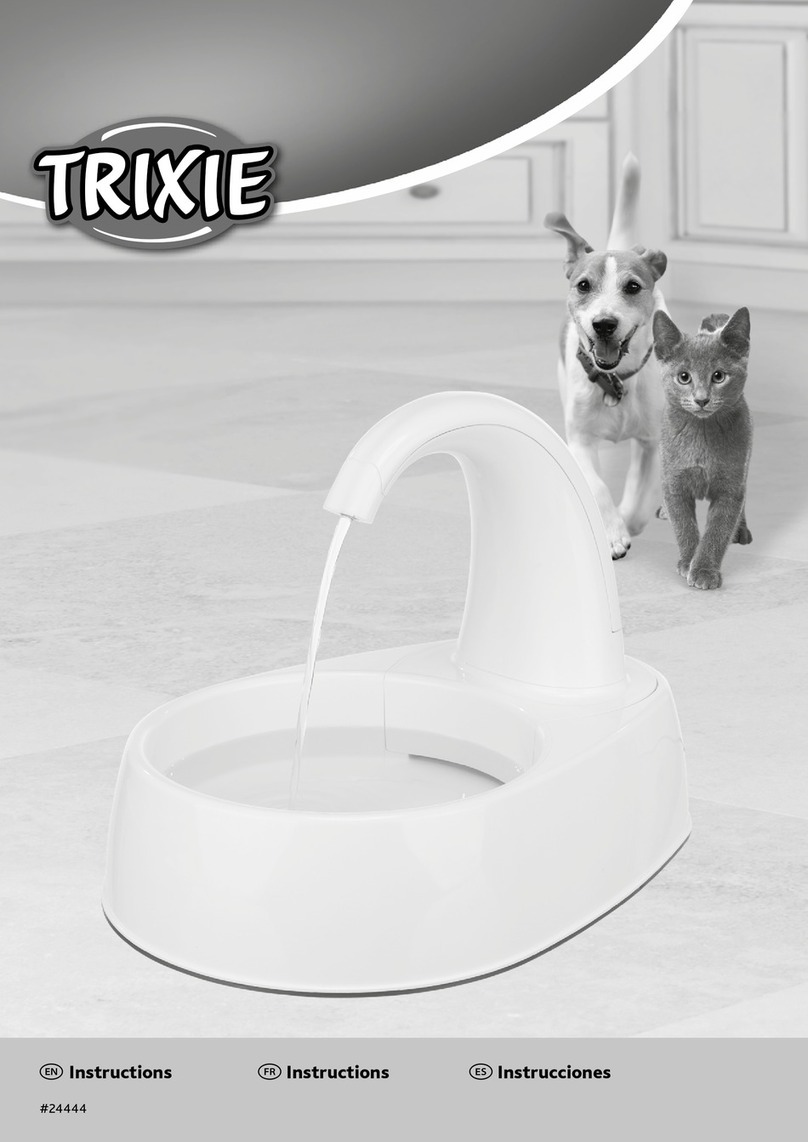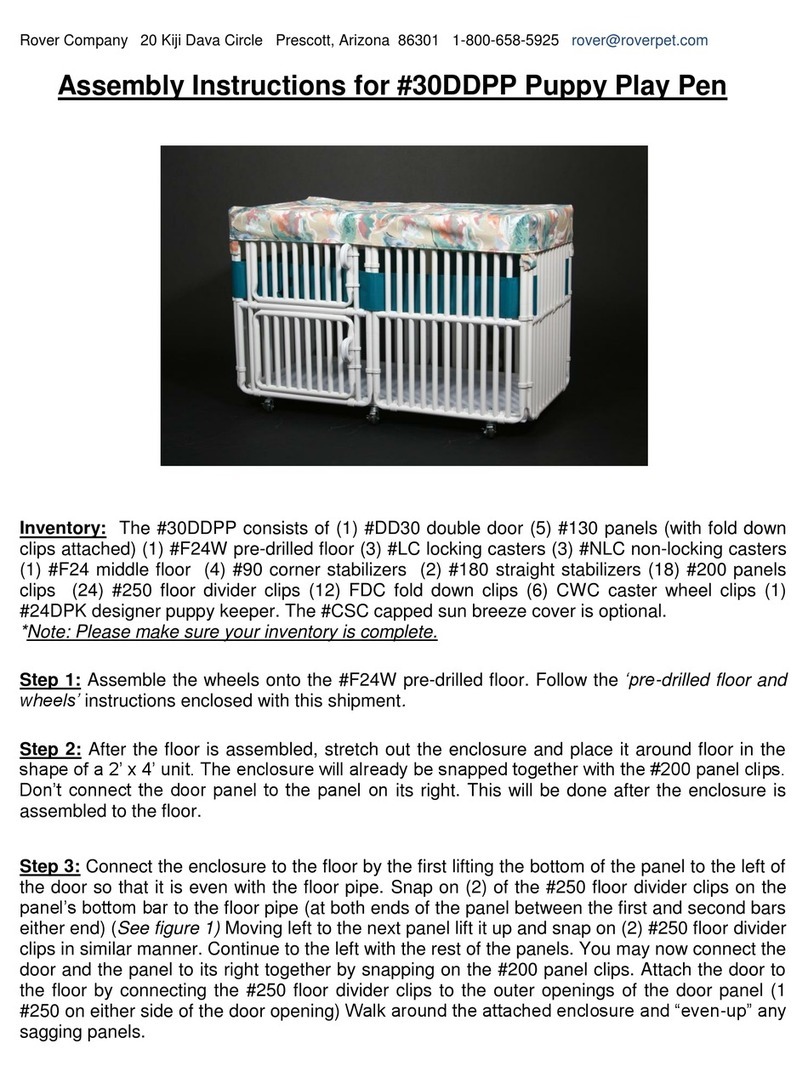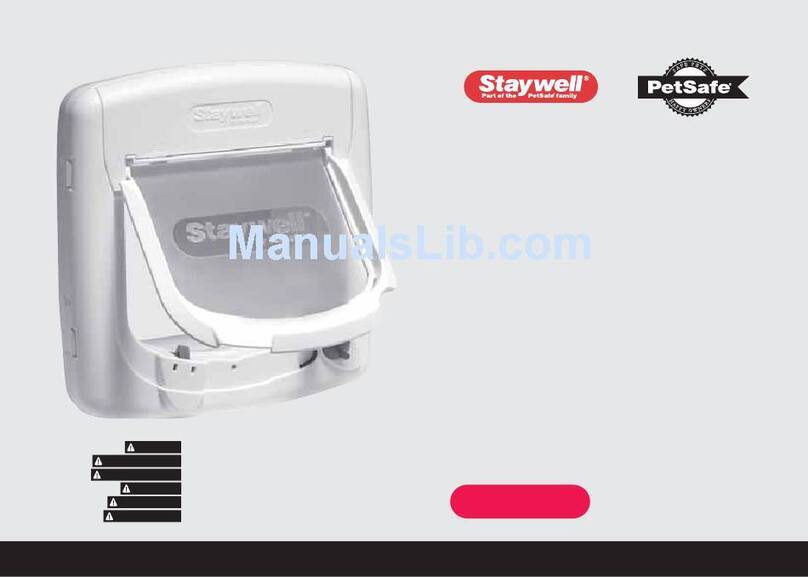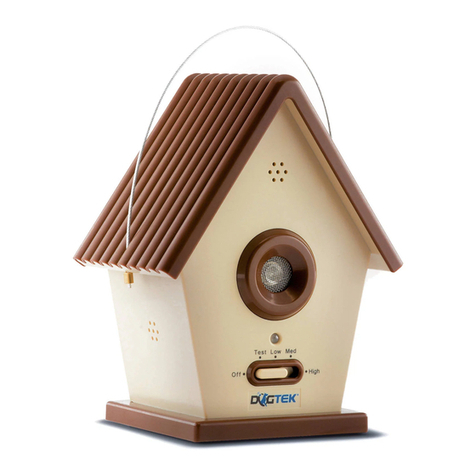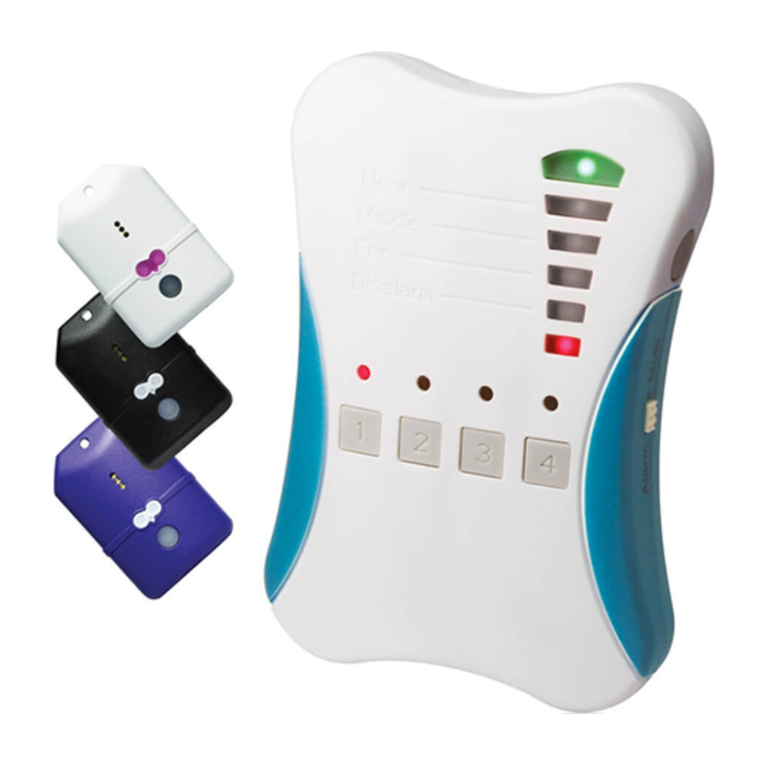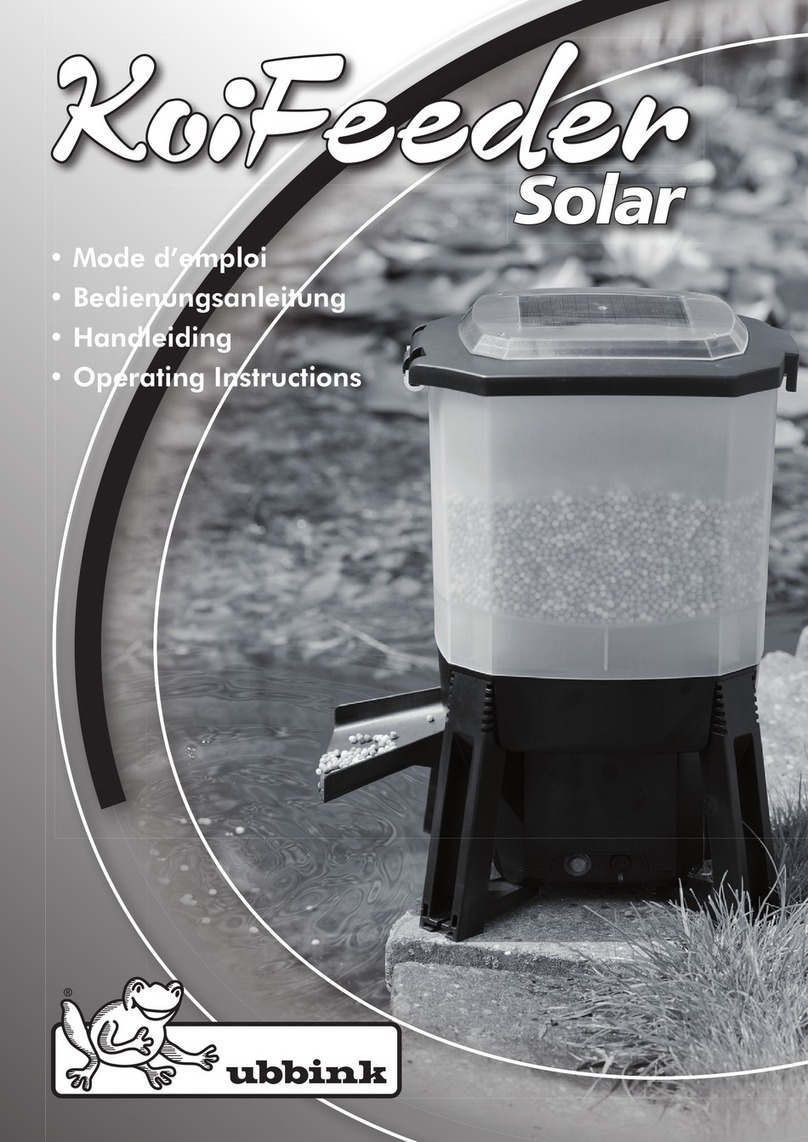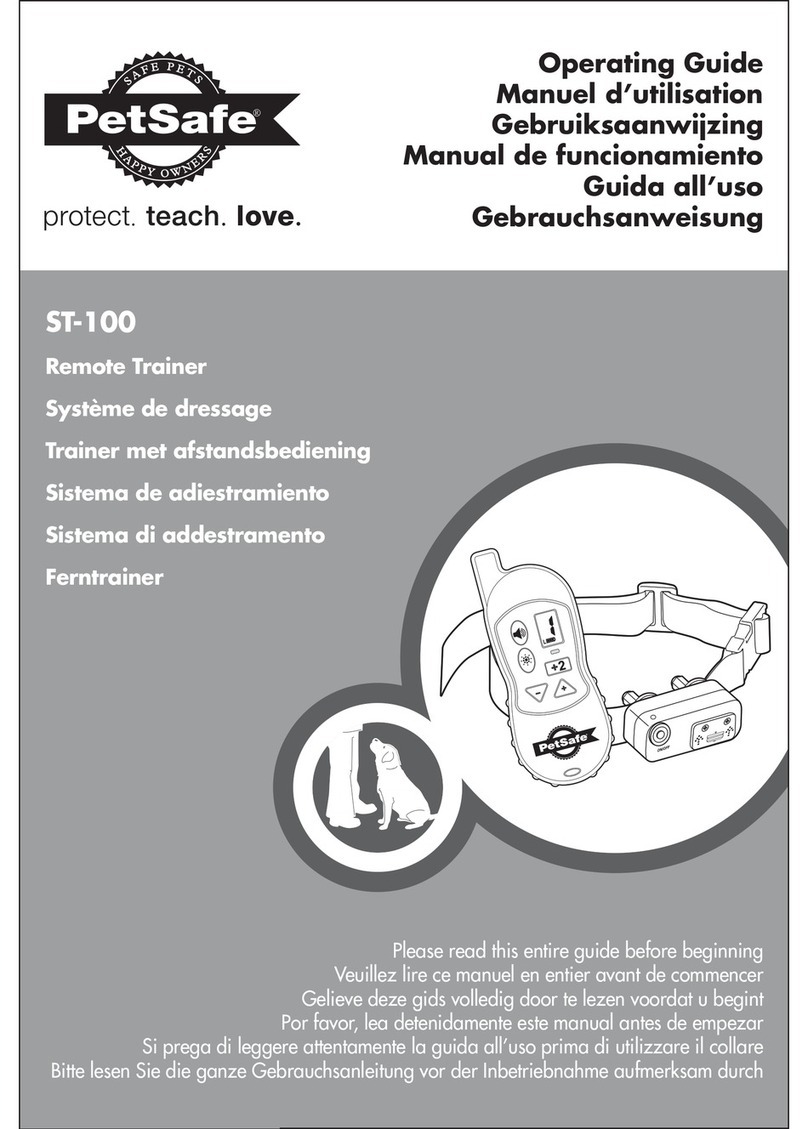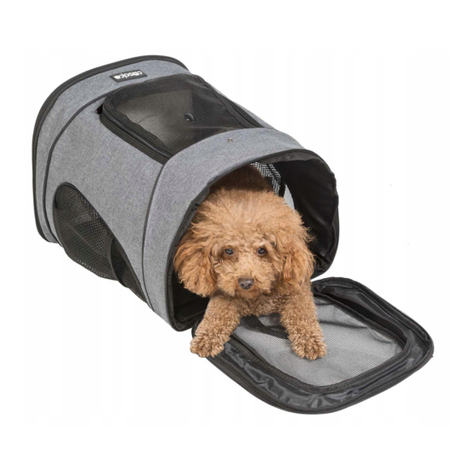3
Initial Setup Prior to Use (Fitment)
Tools Required: 7/16" socket driver, 5/32" hex driver
Your new WAG Boarding Steps come assembled from the factory. For safe and optimum performance, the initial setup
(fitment) for your specific boat must be performed prior to use since boat swim ladders come in many different styles,
shapes and sizes. The initial setup is best done with the boat out of the water to observe fit.
WAG Boarding Steps are designed to work on the majority of boat swim ladder designs. The step assembly should be
fitted for:
•the hook size to minimize fore and aft movement of the steps
•the angle and rung positioning of the boat swim ladder to achieve the proper angle of the steps when installed
•the width of the boat swim ladder to minimize relative lateral movement of the steps
WAG Boarding Steps are designed to mount on swim ladder designs that have:
•a lower horizontal cross-member (pivot bar or rung) that is at least 18" below the upper cross-member
•a cross-member cross-section of no more than 1-1/2" in two 1"-wide areas; if more than 1-1/2", an optional
adjustable hook kit may be required
Most 3-step (or more) folding and telescoping swim ladders meet these criteria. A 2-step swim ladder with pivot bar will
also typically meet these criteria.
Hook Size
Carefully remove the folded assembly from the package. Stand the unit up on a flat surface with the mounting arms
pointing up. The retention cord should be fastened around the assembly to prevent the mounting arms from pivoting
open or bending. The end of the arms will have exposed metal edges until the hooks are installed. The steps were
supplied with two hook opening sizes, 1" and 1-1/2". Select the size that fits best over the cross-members of the boat
swim ladder by trying them as loose pieces. Install the hooks on the upper and lower mounting arms using the
hardware supplied in the arm attachment holes. The hooks will only install one way. The screw head should be on the
outboard side of the arms and the washer and lock nut should be on the inside of the arms. The stainless steel
hardware is pre-treated with ECK® Corrosion Protection Compound which also serves as an anti-seizing agent. Tighten
firmly. If neither of the hook sizes fit, it may be necessary to obtain the optional adjustable hook kit accessory.
